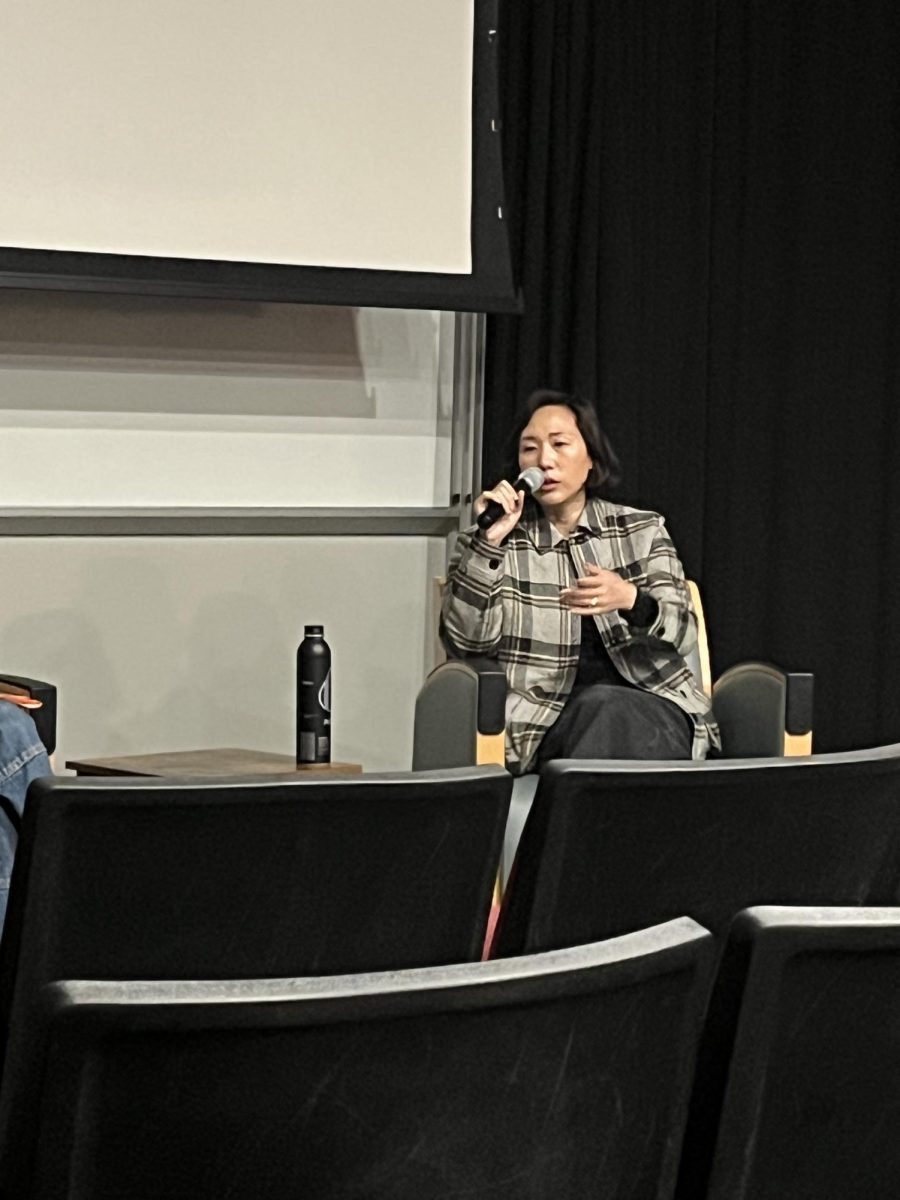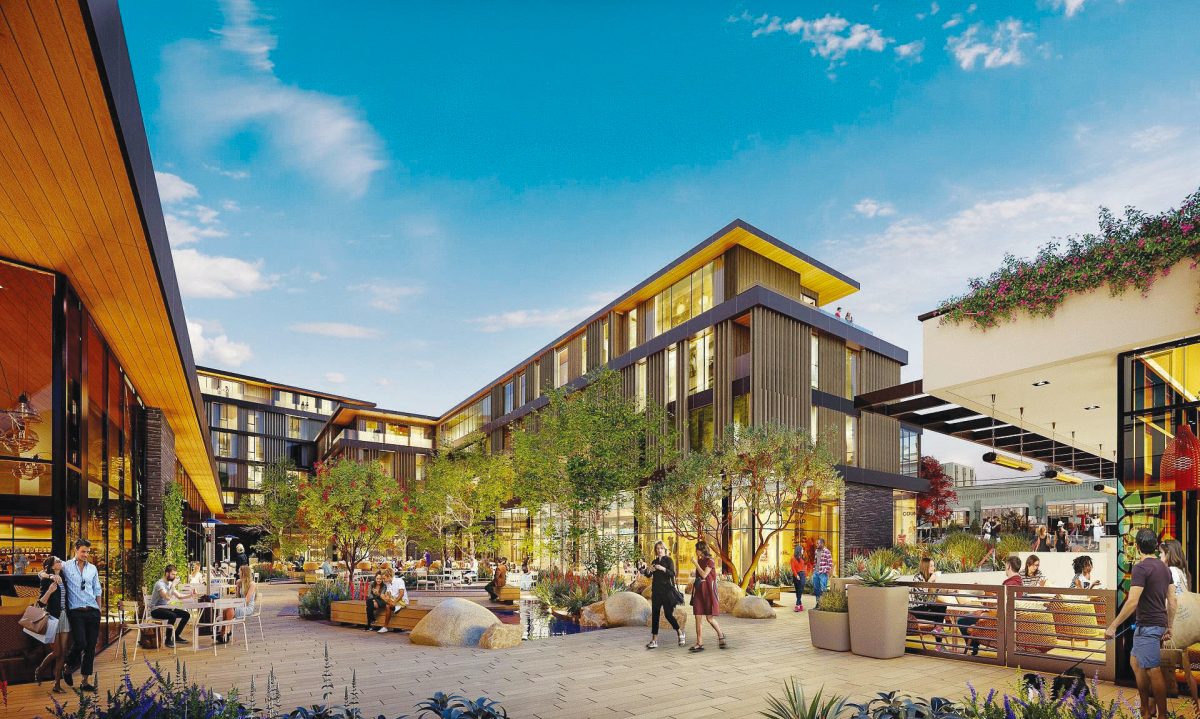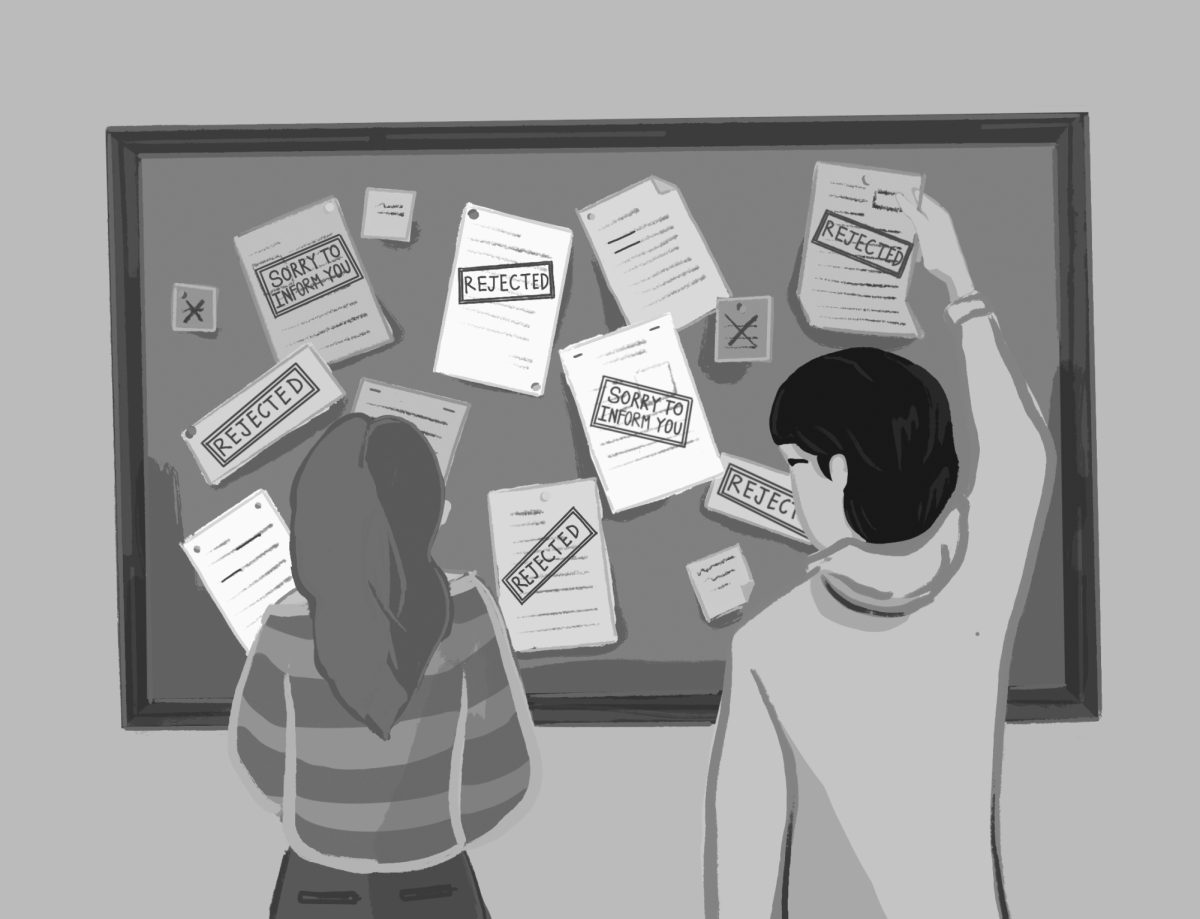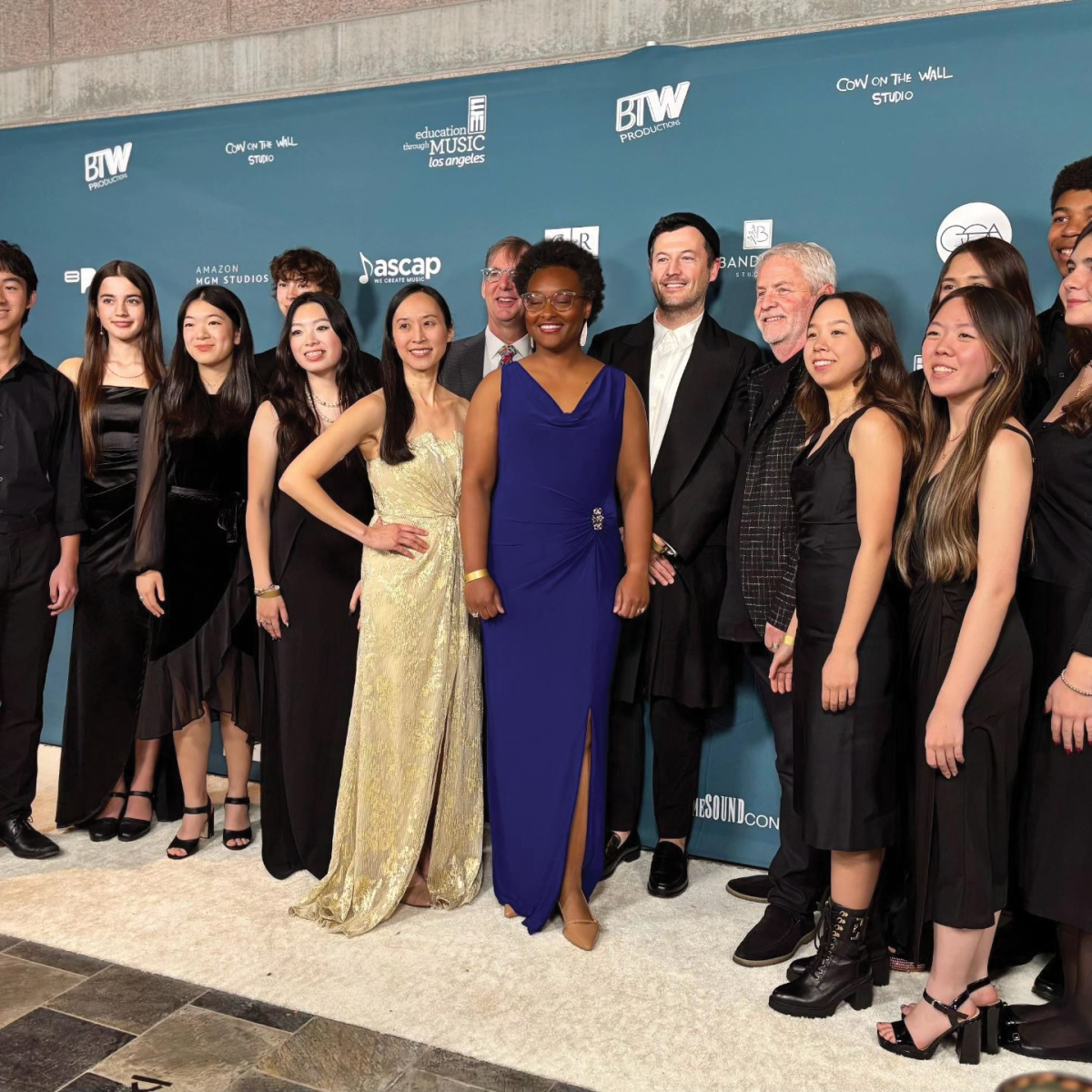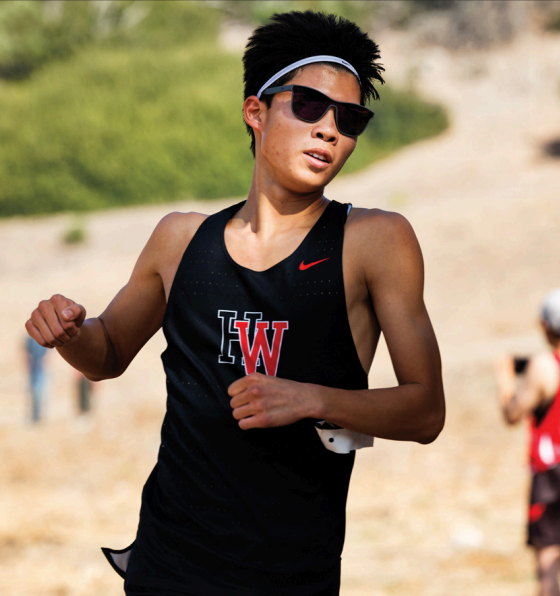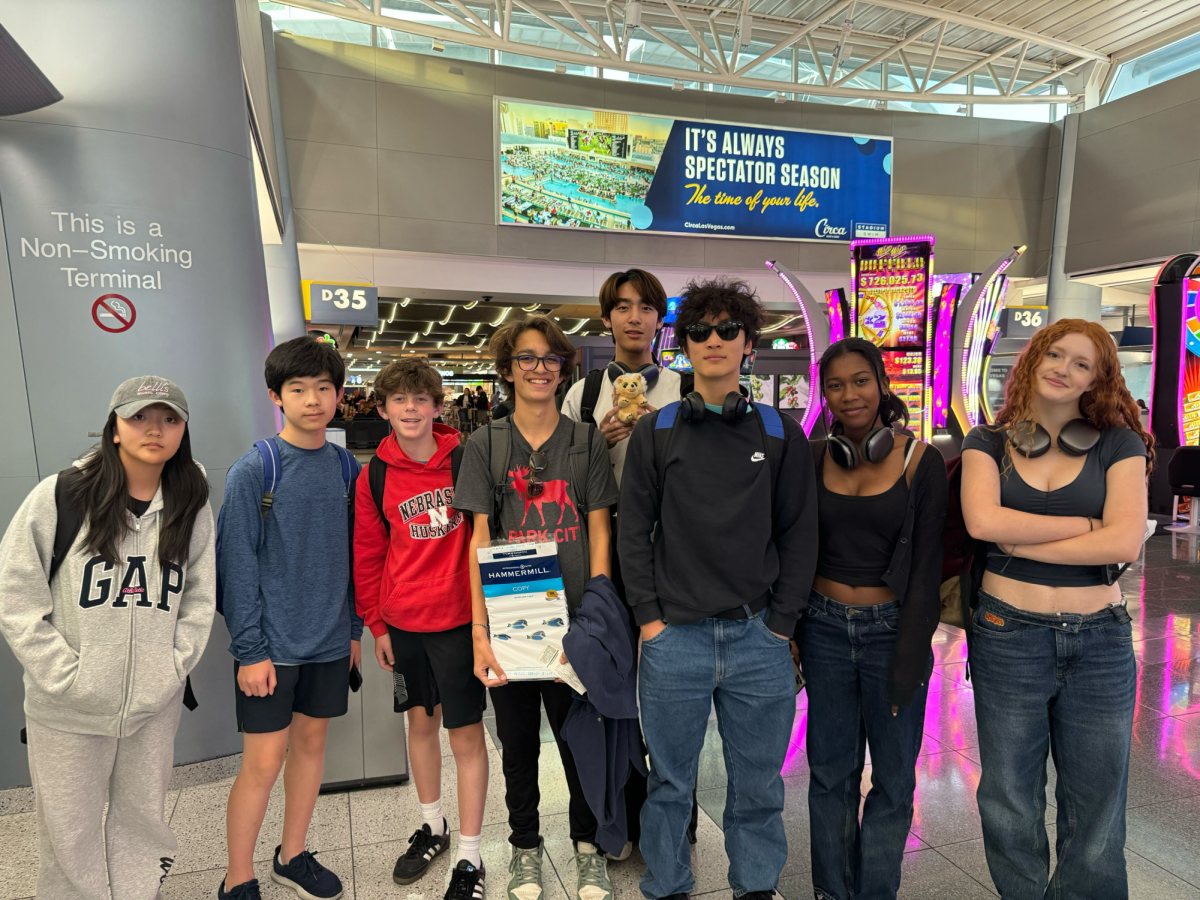By Susan Wang
At a red light on a deserted canyon road, the sound of roaring engines and squealing tires can be heard in the distance. Soon two cars pull up side by side. Engines hum for an anxious 30 seconds. The light turns green. Both cars take off, leaving nothing but black tire tracks on the many bends and curves of the road.
To Zack* ’12 and Karl* ’12, the excitement-fueled sensation they get from street racing vastly outweighs the dangers.
“Racing is incredible,” Zack said. “It’s a thrill you can rarely get, and racing is an easy, accessible way to get it, albeit more dangerous. Everything calms down, you focus, and the adrenaline makes your body and stomach feel a bit cold, like a butterfly sensation.”
Both having raced for about one year, Zack and Karl claim that not all races are officially regulated. Zack’s races happen by circumstance; when two speeders come across one another and show off who is more skillful, he said.
“It’s usually a single lane road and very curvy so there is no overtaking,” he said. “It isn’t really a race, one person just tries to keep up and show the other that they are faster.”
Karl’s races usually begin at traffic lights, when two cars agree to race, either by honking the horn, revving the engine, or talking, he said. He also races across the city with friends.
“We see who can get to a destination first, using any means or with restrictions,” he said.
Winding canyon roads are popular locations for races, as they are generally isolated and rarely visited by police.
And though both Zack and Karl have not been caught by police for street racing, they are still aware of the legal implications should they be cited.
Head of security, Jim Crawford said that along with getting a very expensive ticket, any person caught street racing will have his or her car impounded and new drivers can lose their licenses and privileges until they turn 21 or older.
In addition to being illegal, street racing can also be extremely dangerous, especially among teens.
“During a street race the adrenaline rush can cloud one’s judgment and push a driver to take risks beyond the capability of the car,” Crawford said. “Drivers that race endanger everyone’s safety, including their own. When mishandled, a car is a lethal weapon. If someone dies in a crash as a result of street racing, the police will charge the drivers with manslaughter.”
As racing always occurs at night, road visibility is highly jeopardized.
The National Highway Traffic Safety Administration reported that in 2008 over 34,000 fatal motor vehicle crashes occurred in the United States, over one-fourth of which took place between the hours of 9 p.m to 3 a.m.
Despite these cautionary statistics, Zack and Karl still actively pursue their passion for racing. Zack hopes to pursue racing outside of the streets in the future, he said.
“It’s not just recklessness for adrenaline,” he said. “I appreciate motorsport and try to improve my racing as a sport. I do plan to race officially and legally in the future.”
*names have been changed

